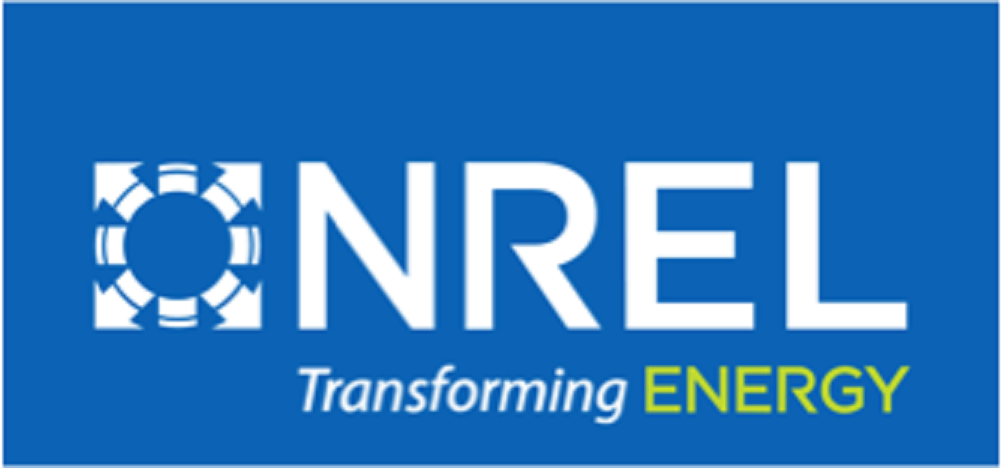NREL: 2021 Annual Technology Baseline Adds Technologies, New Data Features To Support High-Impact Energy Analysis
With the current push for U.S. electric sector decarbonization, consistent and valid data is more important than ever for utility planners and grid operators to make informed decisions.
The 2021 Annual Technology Baseline (ATB) offers new and improved electricity-generation technology cost and performance data to inform U.S. electricity-sector analysis. ATB data can contribute to analysis to help answer new and emerging questions about the evolving power system.
The ATB integrates current and projected data from various sources into one user-friendly format for energy analysts, modelers, and system planners. NREL releases new data each year, including technology-specific information for a wide range of electricity-generation technologies from wind to pumped storage hydropower to coal.
Data is based on original projections for the renewable and storage technologies and based on scenarios for technological-based innovation for fossil technologies.
“Comparisons of possible future power systems depend on assumptions and scenarios,” said Laura Vimmerstedt, NREL energy analyst and ATB project lead. “The ATB provides critical cost and performance assumptions for energy analysis, including studies at national labs and beyond.”
Data from the ATB is used widely, with NREL’s annual Standard Scenarios modeling of the electric sector providing an extensive set of scenarios to explore possible pathways for U.S. electric sector evolution over time based on ATB assumptions and others. Other NREL studies build from the Standard Scenarios to focus deeply on specific futures, including in the Electrification Futures Study and the Los Angeles 100% Renewable Energy Study, NREL’s recent partnership with the Los Angeles Department of Water and Power to explore the costs of reaching 100% renewable electricity.
Fossil, Storage, Hydropower, Battery Data Added This Year
Now in its seventh year, the 2021 ATB adds data on coal and natural gas with carbon capture and storage, data for longer-duration utility battery energy storage, and disaggregation of residential and commercial systems. New storage technologies are also available, including utility-scale solar photovoltaics (PV) plus battery storage, and pumped-storage hydropower.
For the first time, the 2021 ATB includes data on technology innovation of coal and natural gas technologies, including carbon capture and storage, from the U.S. Department of Energy (DOE)’s Office of Fossil Energy and Carbon Management.
Also new this year, Oak Ridge National Laboratory (ORNL) analysts now base the ATB non-powered dam hydropower data on a new study, including a detailed consideration of more potential hydropower sites.
“The hydropower data is updated to draw from a new ORNL study on non-powered dams that uses a massive database,” Vimmerstedt said. “We’re excited to provide this improvement for the energy analysis community.”
Key Products in the 2021 ATB Release
The electricity-sector ATB—supported by the U.S. Department of Energy’s (DOE’s) Office of Energy Efficiency and Renewable Energy and Office of Fossil Energy and Carbon Management—incorporates NREL, ORNL, and National Energy Technology Laboratory analysis; data from the U.S. Energy Information Administration; data from the DOE’s Office of Fossil Energy and Carbon Management; and information from a variety of published reports into four main products for energy analysts.
The ATB Excel spreadsheet documents detailed current and projected cost and performance data for electricity generation technologies.
For structured data needs, the ATB API and the ATB Summary CSV files capture cost and performance in a database-friendly format.
Tableau workbook files provide access to original visualizations.
The website provides in-depth documentation of these quantitative products, including:
Explanations of historical trends, current estimates, and future projections of three primary cost and performance factors: capital expenditures, capacity factor, and operations and maintenance cost.
Documentation of the methodology and assumptions used to develop the projections of future cost and performance under conservative-, moderate-, and advanced technology innovation scenarios.
Discussion of the calculation of levelized cost of energy to illustrate the combined effect of the primary cost and performance factors, using two different sets of financing assumptions.

